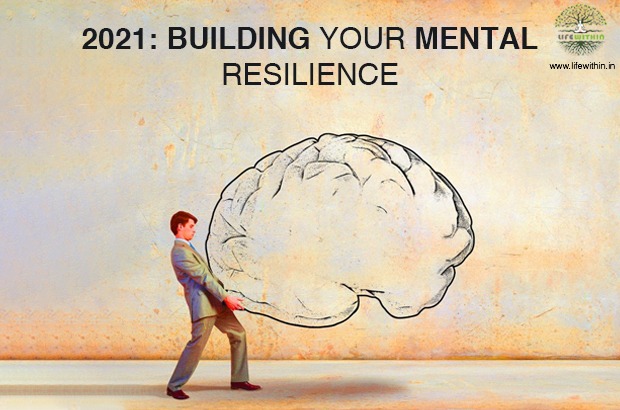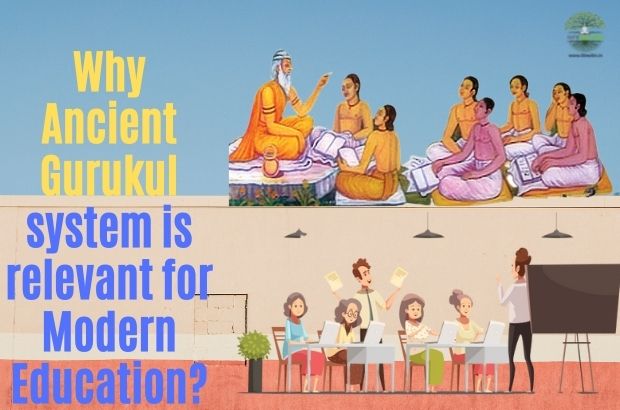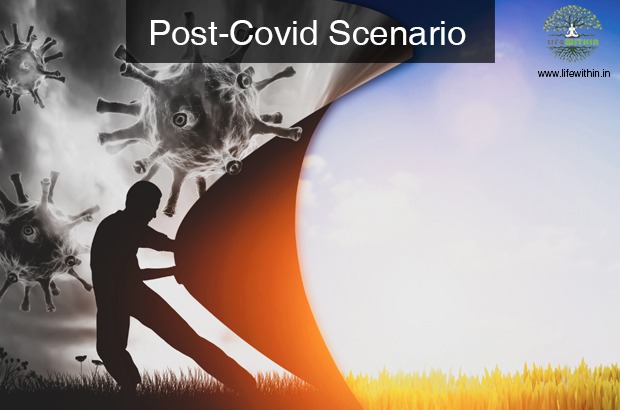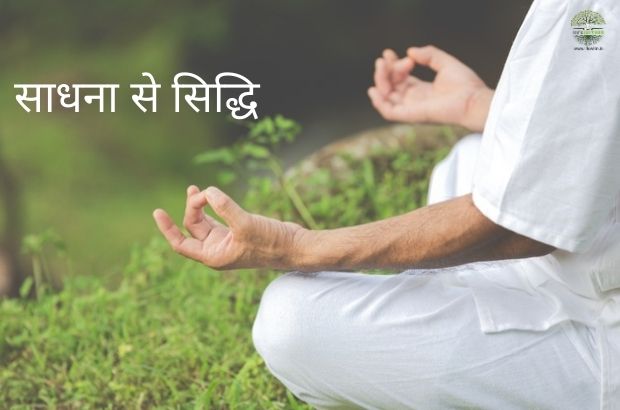Indian Wisdom for Environment and Pollution | Dr. Surendra Kapoor
The Vedic Rishis were extremely conscious about the environment. They considered every single creature to be a part of t...
- by Dr Surendra Kapoor
- May 28, 2021
- 1393 views
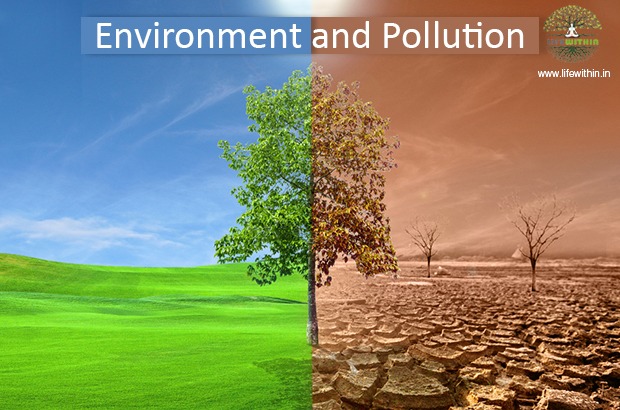
Environment and Pollution:
Environment as per modern science refers to the surrounding in which a
creature lives or operates. But in Vedic science, environment encompasses all
the living and non-living things along with the five basic elements that
constitute the whole physical world.
The Vedic Rishis were extremely conscious about the environment. They
considered every single creature to be a part of the environment. The learned
saints considered it to be their ethical duty to safeguard the environment in
the best possible manner. They were aware of the positive as well as the
negative powers of mankind. They felt that by using the good powers, human
being can preserve the precious environmental resources. The Rishis advised
human beings to lead such a life that is congenial for the environment. They encouraged
man to realize their duty towards their fellow creatures, plants, trees and all
the other things that surround him. They said that pollution resulted only
because human beings have misused the environmental resources and even
destroyed them. This has led to disturbance in the healthy ecological balance.
Our ancient texts stress upon preservation of the environment:
In two mantras of Yajurveda, the Paratma and Jeevaatma have been
described. It was asked- in which of the five substances is God present and
which are the elements that exist in the Purusha? In reply it was stated that
God exists in the five elements (panchabhootas) and all these reside in God. In
a broader context, Ishwar or God was said to be present in five pranas and five
mahabhootas.
पंचस्वन्तः पुरुष आ विवेशः।
—Yajurveda, 23.51 and 52
In the Samhita granthas, it has been stated that the powerful sun, earth,
mountains, water and medicinal herbs can be controlled positively only when the
environment is maintained in a pure and hygienic manner. By doing so, the
environmental resources will cause good health, peace and happiness. The sun
will thus shine to free us from diseases, negativity and misery. It will make
us feel positive and enable us to be in the best form. The air will flow free
of pollutants and will provide serenity. The learned men have repeatedly
advised that if human beings want to enjoy the miraculously positive effects of
the environment then they need to put in their efforts towards preserving the
mother earth. No one should do any work that disturbs the healthy ecological
balance. The same thought has been echoed in the Upanishads too. In one of the
mantras of Prashnopanishad, the speaker offers his life towards the
preservation of mother Earth as he considers Surya (sun) to be his eyes, Vayu
(air) to be his breath, Space (antariksha) to be his soul and Prithvi (earth)
to be his physical body.
The Vedas are India’s oldest body of literature. In the first Mandala of
Rigveda itself, the Devas have been asked to treat the environment favorably,
for the prosperity of the people. It is thus written in the Rigveda:
मधुऋतायतेमधुक्षरन्तिसिन्धवः।माध्वोर्नसन्त्वोषधिः।।६।।
मधुनत्कमुतोषसोमधुमत्पार्थिवंरजः।मधुद्देइर्स्तुनःपिता।।७।।
—Rigveda Sanhita 1.090(6-7)
i.e. the Air or wind waft
sweets, the river pour sweets for the
man (who keeps the law); so may the plants be sweet for us. Sweet be the night
and sweet the dawns, sweet the terrestrial atmosphere; Sweet be our father
heaven to us. May the tall tree be full of sweets for us and full of sweets the
Sun. May our milch-cow be sweet for us.
Today, man is striving hard to save the environment; after all, a pure
environment is what is required for a healthy existence. Researchers are
discovering new methods to care for the environment and modern man is more than
happy to adopt it in life. However, these efforts are not new as the ancient
sages were the first ones to instill these values of saving the environment in
human minds through various ways. If we study the ancient scriptures, we will
find that the ancient sages have always advised human beings to keep the
environment clean and pure. In Atharvaveda, space, the sun, water, air, trees
and the earth are considered to be the vital components which make the
environment. It is also mentioned in the scriptures that without the healthy
existence or proper balance of these components, human life is impossible. Time
and again, the Vedic saints have urged man not to pollute the environment as it
destroys the balance of these components. If we look at Vedic literature, we
observe that ancient India has always protected and nurtured nature. According
to Vedic religion, the Sun, Air, Earth, Water, Trees, Plants and Roots were
worshipped, which are all essential for human survival.
Mother Nature is the supreme divine power in
Sanatan Dharma:
In the ancient scriptures, earth has been referred to as ‘Mother Earth’.
In fact, before worshipping any God or Goddess, it is mandatory to worship
mother earth or ‘Bhoomi Mata’. Such is the importance of the earth in “Sanatan
Dharma”.
In the Vedas, therefore, it is advised to maintain the balance between
the earth, sun and space by constantly making an effort not to destroy or
pollute them in any way. It is mentioned that we can avoid natural calamities
such as earthquakes or dry rivers by filling up the areas of the earth from
where we dig out minerals or gas for use.
In the Rigveda too, it is clearly stated that if we take care of the
earth, sun and the space then they too will take care of us.
Role of five elements in maintaining ecological balance:
The five elements (Panchabhootas) rendered by nature are as useful for
environment as they are for us. These Panchabhootas are important for us as our
physical constitution is built of them.
The inter play of five elements is crucial for the body, space and the
environment.
Sun, Space and earth are interdependent on each other:
The sun gives us energy and the space is responsible for cosmic rays and
rainfall. The earth utilizes these two sources for the existence of life on it.
Hence, it can be said that the space, the sun and the earth are related with
each other and work together equally to regulate human life. However, if any
one of the three is affected then the entire ecological balance is destroyed
and subsequently human beings have to face trouble in different ways. The
Upanishads have employed a large number of objects as symbols to explain their
philosophical and deep ideas.
The Sun is the foremost among such objects. The Chandogya Upanishad
observes—
“The Sun is Brahman, this is the teaching” (III.19.1)
Here the suggestion is to meditate on the Sun as Brahman. Brahman is the
real object of meditation while the Sun is the medium.
Pure Air is the elixir of life:
In the Vedas, air is considered to be the source of energy for human
life. It is not only responsible for the existence but also helps in bringing
out the impurities. In the Rigveda, it is advised that we should not do
anything to diminish oxygen in the environment. If we lessen the amount of
oxygen then we will cause our death. Hence, the sages encouraged human beings
to perform periodical ‘Yagnas’ to purify the atmosphere.
A few Richas on the Air from the Vedas:
O Lord! Air you are savior of the mankind with your power of purity.
विश्वस्माद्भुवनात्पासिधर्मणा।
—Rigveda 1.134.5
Water – nature’s blessing:
The Vedas have stressed on the utility and importance of water. It is
considered as an element which drives away the impurities and ailments from the
body. It is mentioned in the Rig Veda that water is like nectar. It has
medicinal qualities.
अप्स्व१न्तरमृतमप्सु भेषजमपामुतप्रशस्तये।
देवाभवतवाजिनः
—Rigveda Samhita-1. 23.19
The Vedic sages realized that water can successfully treat many
illnesses.
Green plants- our Protector:
Trees provide us with pranavayu or oxygen; they not only cleanse the
environment but also maintain a harmony between earth and the sky. Vedas regard
a tree equivalent to ten sons.
Nature is made up of five elements-earth, water, fire, air and space. The
human body too is composed of 5 sensory organs (gyanindriya) and 5 organs of
actions (karmaindriya). To maintain a balance in the creation, trees and plants
are of utmost importance. The whole world is in the grasp of dangerous diseases
and one of the most effective ways to prevent harmful diseases is by planting
more and more trees in general and planting Panchavati trees in particular.
The Panchavati trees are known to drive away all kinds of evils and
influence one with the right kind of thoughts and emotions. Besides being
religiously important, the idea of Panchavati or the holy cluster has a
scientific basis too. Just as a combination of elements is more powerful and
effective than a single one, similarly a group of trees planted in a special
sequence has a greater significance than a single tree. Keeping this advantage
in mind, our sages established the concept of Panchavati. A group of five beneficial trees planted in a
sequence is known as Panchavati.
The role of Flora and fauna in sustenance of life on earth:
In the Rigveda, there is hymn called Aranyani Sukta. It contains prayers
for the preservation of the forest.
The forest is not life threatening; unless you are accosted by a
predator, you can spend your entire life time enjoying its cool shades and
delicious fruits.
Ancient practices to conserve the natural world:
Interestingly, the ancient saints associated environment with everything
they formulated for human beings. For instance, many festivals revolved around
the environment. In the Atharvaveda, the earth is considered as the mother and
the people living on it symbolize her sons. Thus, it represented that it is the
duty of the children to see that their mother lives in a happy manner. On a
practical note, we can say that all these theories were formed to make us
realize the significance of environment in our life and to help us create a
better environment for everyone to live.
Religious and social life was incorporated by ‘Vrat’, ‘Parva’,‘Utsava’
and festivals. There were festivals marked for ‘Vanaspati’ i.e; trees, plants,
grasses and figs. Examples are Vat Savitri, Sharvani, DevothanEkadasi,
AkshayaNawami, Kushotpatini Amavasya, Vaikuntha Chaturdashi. In addition to
this, there were several ‘PraniParva’ which were ear marked occasions for the
worship of domestic animals and wild reptiles, for example, ‘Gopashtami for
cow, ‘Govats Dwadashi’ for calf, ‘Shitalashtami’ for donkey and ‘Nag Panchami’
for snake.
As per vedic jyotish human beings were directed to protect and worship
trees, plants even roots belonging to 9 Astrological planets, 12 Moon signs
(Rashi) and 27 Nakshatras or Constellations.
Ancient scriptures have directed us to consider mountains, rivers, its
confluences and forests as pious and life saver. Examples of each one
respectively are 16 (Shodash) Kulparvat, 7 (Sapta) Nadi, 14 (Chaturdash) Prayag
and 12 (Dwadash)Aranya etc.
Dand-Niti Vidhan — a severe penalty for damaging the environment:
In the ancient scriptures, the ‘Dand-Niti Vidhan’ has been advocated
strongly. People who cause harm to the environment in any way like by cutting
trees or polluting the water were asked to be strictly punished so that no one
dares to commit such a crime.
Even hunting birds or animals was deemed as a sin. One had to follow
strict rituals to get relief from the sin. Killing birds such as crow, peacock,
swan or crane etc. needed one to observe a fast for three days. Similarly
hunting different animals or birds resulted into punishments, penance or
involvement in charitable activities.
Preservation of clean land, Air and Water was important. For example,
Dharmashastrakaras were of opinions that those who pollute water in any way
would go to hell. There were many rules and regulations for preservation of
water. So we see how keenly aware ancient Indian were of their environment and
its importance.
Conclusion:
Though there are “33 koti” Gods and Goddesses in Hindu mythology, Nature
or ‘Parkriti’ is considered supreme amongst them. Nature is believed to possess
infinite prowess by dint of which she can either bestow happiness or create
utter disaster in the life of mankind. The lines in the “Brahma VaivartaPurana
aptly describes this: “
त्वमेवसर्वजननी मूलप्रकृतिरीश्वरी। त्वमेवाद्या सृष्टिविधौ स्वेच्छया त्रिगुणात्मिका॥
कार्यार्थे सगुणा त्वं च वस्तुतो निर्गुणा स्वयम्। परब्रह्मस्वरूपा त्वं सत्या नित्या सनातनी॥
तेज:स्वरूपा परमा भक्त ानुग्रहविग्रहा। सर्वस्वरूपा सर्वेशा सर्वाधारा परात्परा॥
सर्वबीजस्वरूपा च सर्वपूज्या निराश्रया। सर्वज्ञा सर्वतोभद्रा सर्वमङ्गलमङ्गला॥
PrathamKhand, Brahma VaivartaPurana, 2/16/17-2
It is evident that the
well-being of mankind depends on the well-being of nature or ‘Prakriti’. Hence,
it is extremely vital that modern man understands and recognizes the value of
nature in connection to human existence. The ancient masters or ‘Gurus’ urged
man to stay connected to nature for a healthy and peaceful life. Today, in our fast-paced
life, we suffer from different ailments just because we ignore nature. It is
high time that we realize that we cannot exist in an artificial environment for
a longer period and that for a healthy living we need to be in touch and
harmony with the bountiful nature. Afforestation, replanting of trees and
conservation of the flora and fauna has become the need of the hour as these
are the only means to prevent Nature’s wrath.
By: Dr. Surendra Kapoor
Renowned Astrologer | Vastu Expert







